The first time I stripped paint from original woodwork was in my parents’ house when I was fifteen. Dad had decided the Victorian door frames needed “liberating” from their multiple layers of gloss, and I was recruited as manual labour. Armed with a heat gun (his) and a scraper (mine), we set about revealing the pine beneath. What should have been a weekend project stretched to three weeks of painstaking work, chemical burns, and the distinctive smell of burning paint that lingered in my nostrils for days afterwards. The result was, I have to admit, rather disappointing—the revealed wood was patchy, damaged in places, and looked oddly naked in the context of the house.
“Next time,” Dad said with his characteristic optimism, “we’ll know better.”
This early experience taught me something important that I’ve carried through my architectural training and renovation work: decisions about original woodwork should never be made lightly or solely on the basis of current trends. The “paint it/strip it” debate generates passionate opinions on both sides, with preservationists often advocating for maintaining original finishes while modernisers push for clean, painted surfaces. The reality, as with most aspects of home renovation, is more nuanced than either extreme would suggest.
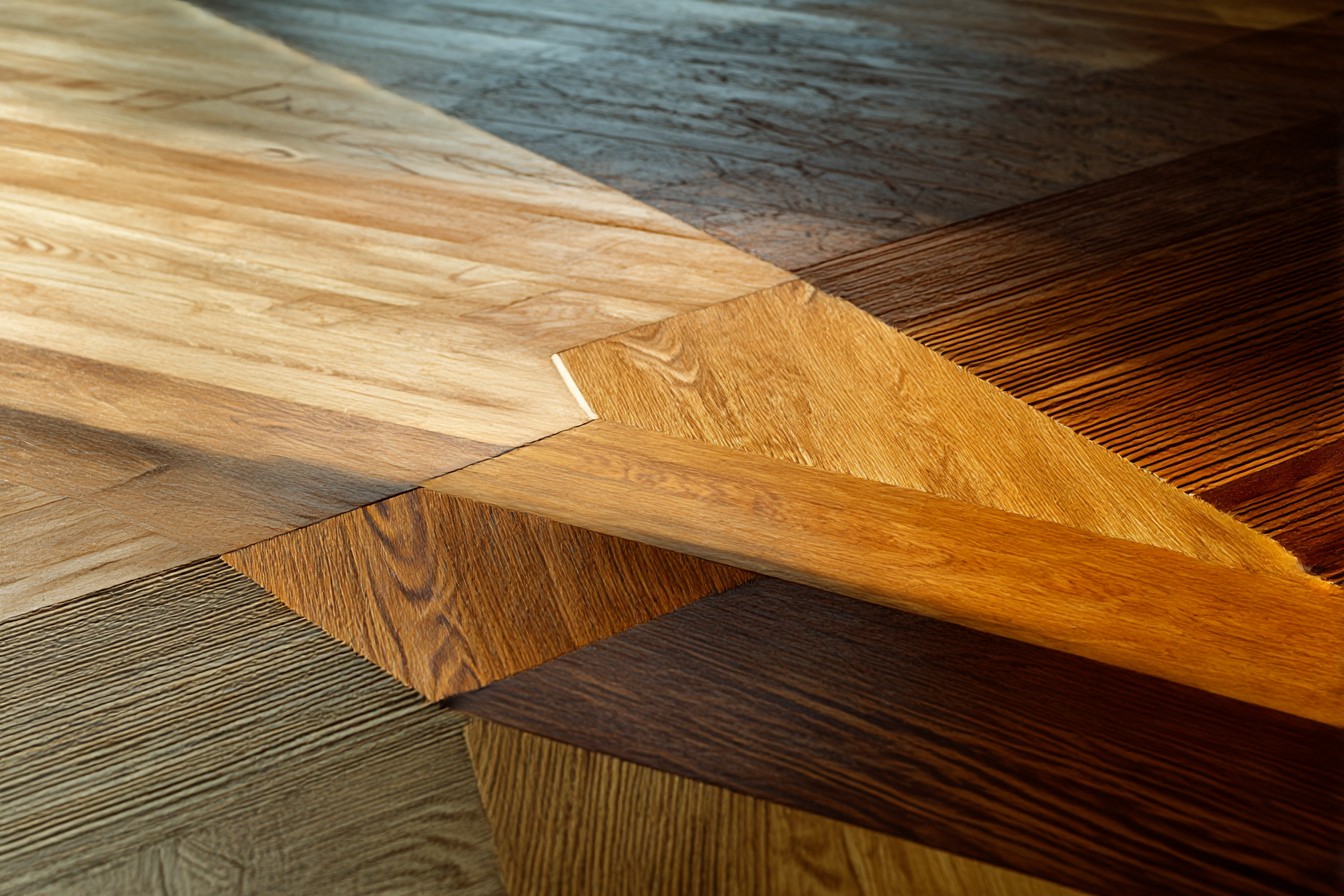
When I was working on our Victorian terrace in Chorlton, we inherited a mixed bag of woodwork treatments. The previous owners had stripped the main staircase back to pine (badly), painted all the skirting boards brilliant white (unevenly), and somehow completely overlooked the existence of the original built-in cupboard in the dining room, which remained entombed under at least seven layers of paint dating back to what appeared to be the Boer War.
Standing in the hallway on our first day of ownership, Charlotte leaned against the banisters and asked simply: “What’s the rule here? Do we paint everything or strip everything?” I wish I’d had a simple answer, but after much research and many conversations with architectural conservationists and period property specialists, I’ve concluded there isn’t a universal rule—just a series of considerations that should guide your decision.
The first consideration should always be the historical context of your property and its woodwork. Different periods and different house types had different approaches to wood treatment. Georgian and Regency properties typically featured painted woodwork, often in quite strong colours by today’s standards. Early Victorian homes might have had painted softwood or exposed hardwood depending on the status of the room. By the late Victorian and Edwardian periods, the fashion for exposed wood had grown, with stained and varnished finishes becoming more common in middle-class homes.
Understanding what would have been original to your property type doesn’t mean you must slavishly recreate it, but it should inform your thinking. In our Chorlton house, we discovered that the staircase would likely have been painted originally, rather than stripped as the previous owners had done. This made our decision to repaint it less controversial from a conservation perspective.
The quality and type of wood is equally important in the decision-making process. The Victorians and Edwardians weren’t fools—they knew which woods were worth showing off and which were better covered up. Generally speaking, cheaper softwoods like pine were painted, while hardwoods such as oak, mahogany, and walnut were left exposed or enhanced with stains and varnishes.
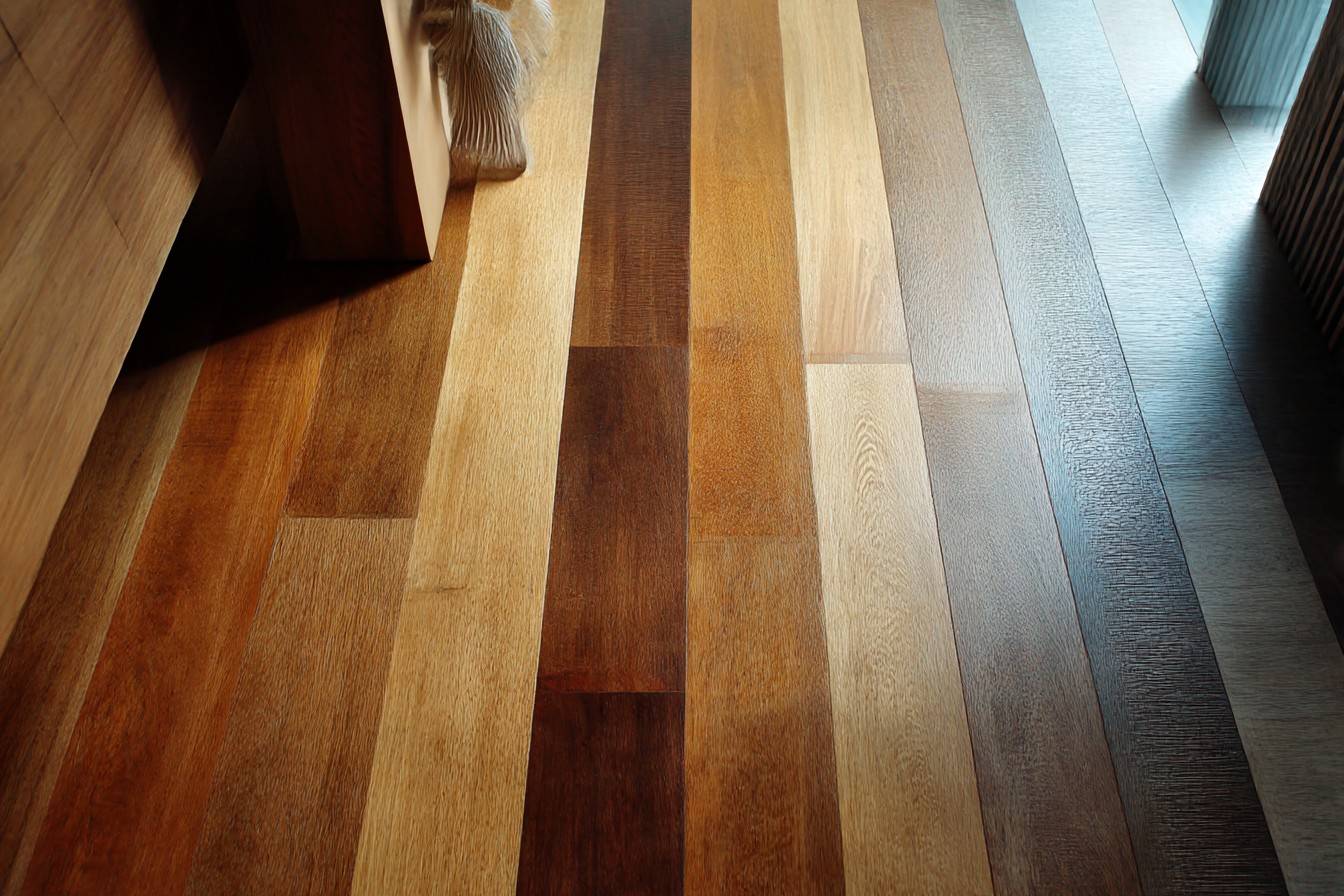
When you’re uncovering layers of paint, pay attention to what you’re revealing. If you find high-quality hardwood underneath, there’s a stronger case for stripping back to the natural material. If it’s basic pine that was never intended to be a feature, painting might be more appropriate both historically and aesthetically.
That said, some pine is worth revealing—particularly the slow-grown, resinous pine used in earlier periods, which can develop a beautiful honeyed patina over time. The pine we commonly encounter today bears little resemblance to this older material, which is one reason why stripped woodwork sometimes looks disappointing compared to the examples we see in heritage properties.
The condition of the wood should heavily influence your decision too. In our Victorian house, the dining room door had been stripped at some point but had suffered water damage from a long-resolved leak. The bare wood looked patchy and unattractive despite our best efforts at sanding and finishing. Eventually, we accepted that painting was the better option for this particular element, using a heritage colour that complemented the period of the property.
Conversely, the built-in cupboard we discovered in the dining room revealed beautifully preserved pine when we carefully removed its multiple paint layers. The wood had been protected by those very layers and emerged in near-perfect condition. In this case, we opted to keep it stripped and simply finished it with beeswax to enhance its natural warmth.
The architecture and overall aesthetic of your home should guide woodwork decisions too. Some properties have a coherence and integrity that’s worth preserving or restoring. If most of your woodwork is already beautifully stripped and finished, painting one element might look oddly incongruous. Similarly, if your home has a light, bright painted aesthetic throughout, introducing a stripped wood element could feel jarring unless handled carefully.
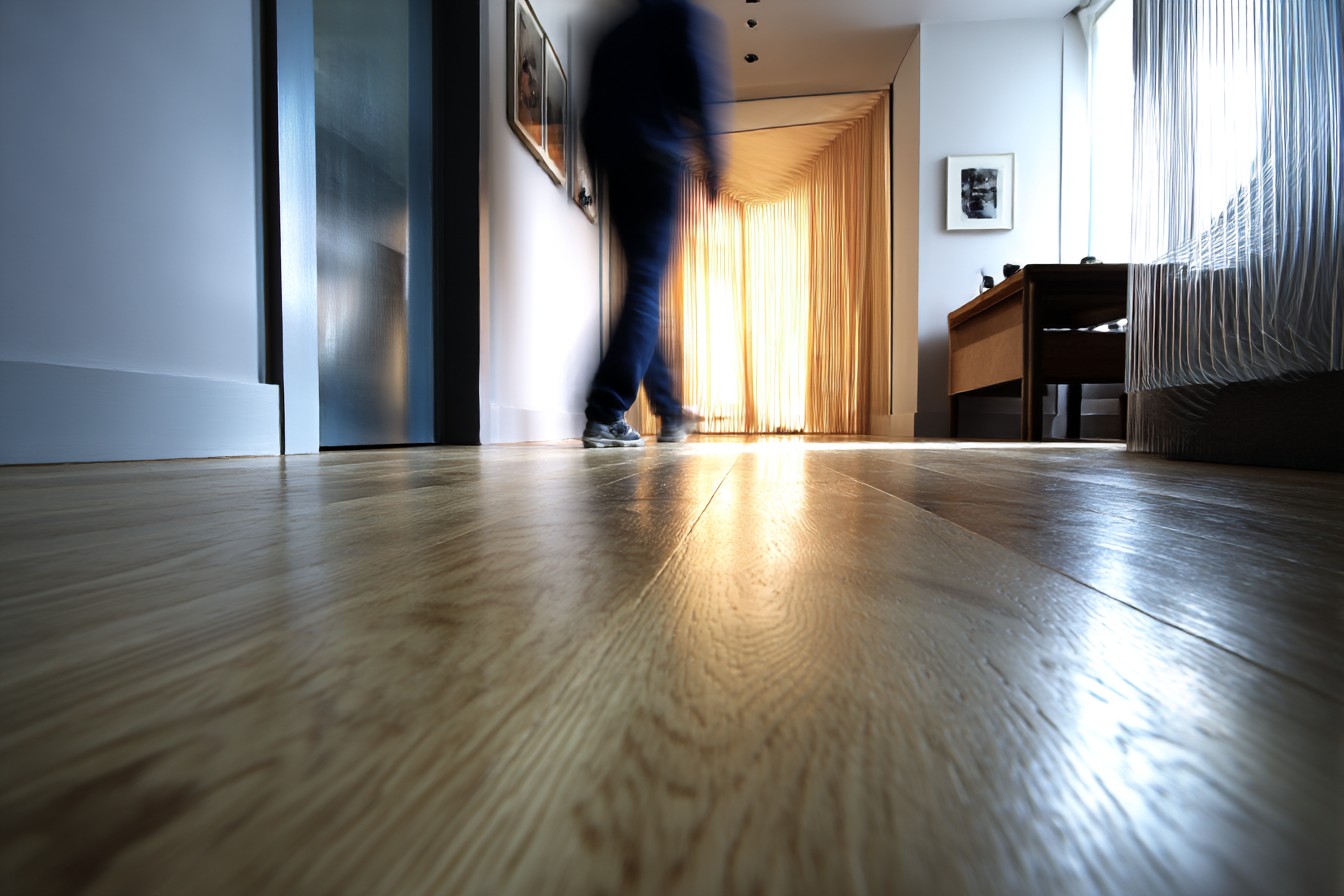
When we moved to our current 1950s semi, we faced different considerations entirely. Mid-century homes typically featured simpler woodwork, often painted in the muted colours popular during that period. The slim architraves and clean lines were designed with paint in mind, and stripping them would have looked peculiar and historically inappropriate. Here, our decision was straightforward—repaint, but research appropriate heritage colours rather than defaulting to brilliant white.
For those considering stripping painted woodwork, be prepared for a significant commitment of time, effort, and potentially money. Proper stripping is a meticulous process that can’t be rushed without risking damage to the wood beneath. Chemical strippers, heat guns, and sanding all have their place, but all require care and appropriate safety measures. Lead paint, commonly used before the 1970s, presents particular hazards and may require professional handling.
Our friends Mike and Sarah learned this lesson the hard way when they decided to strip the extensive woodwork in their Edwardian semi in York. What began as an enthusiastic DIY project quickly became overwhelming. Three rooms in, with their house resembling a dusty construction site and their enthusiasm thoroughly dampened, they called in professionals to complete the job. The result was beautiful but came with a price tag that caused Sarah to develop what she calls “a facial tic whenever anyone mentions stripped wood.”
If you’re determined to proceed with stripping, test a small, inconspicuous area first to assess both the difficulty and the potential results. The reality of what lies beneath layers of paint often differs from our expectations. That beautiful oak you imagined might turn out to be utility-grade pine with significant damage, while what you assumed was basic painted pine might reveal itself as something far more special.
For painted woodwork, preparation remains the key to a finish that enhances rather than detracts from period features. Rushing this stage is a false economy that results in flaking, uneven coverage, and a generally unprofessional appearance. Each layer of old paint needs proper assessment—stable layers can be lightly sanded and used as a base, while flaking or uneven areas should be taken back to provide a sound foundation.
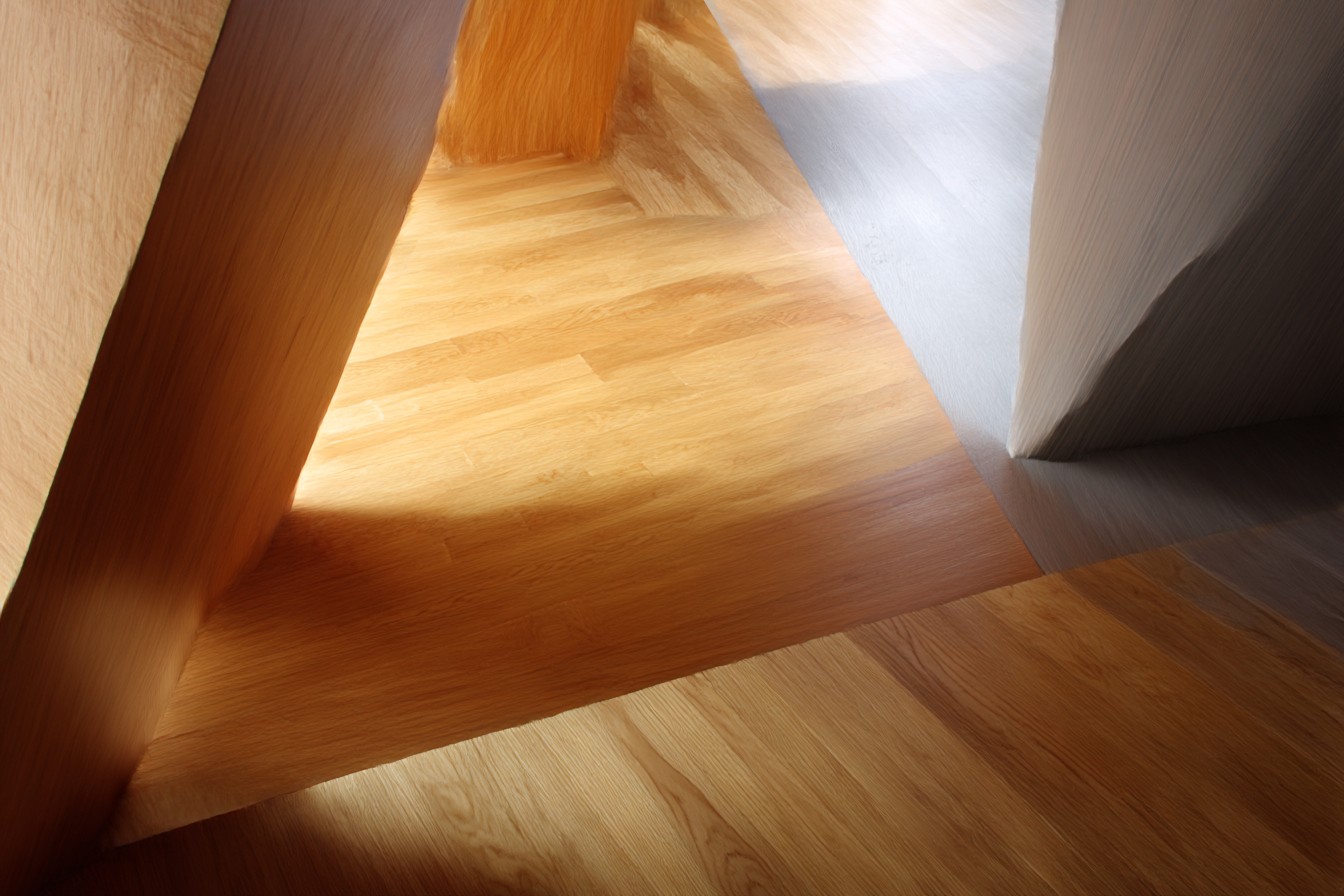
The choice of paint type matters enormously too. Traditional oil-based glosses have fallen out of favour due to their high VOC content and yellowing tendencies, but they do provide a beautiful, hardwearing finish that develops character over time. Modern water-based alternatives have improved significantly in recent years, offering better flow and levelling than earlier formulations, though they still don’t quite match the depth and lustre of traditional oil-based products.
For traditional properties, I often recommend acrylic eggshell finishes for woodwork rather than high gloss. The subtle sheen feels more appropriate to period interiors while still providing necessary durability. Companies specialising in heritage paints offer excellent options specifically formulated to complement period properties.
Colour choice presents another arena for careful consideration. The default brilliant white that dominated late 20th-century interiors is rarely the most sympathetic choice for period woodwork. Historical properties would have used coloured paints—sometimes quite bold by today’s standards—with different colours often used in different rooms according to their function and status.
In our Victorian renovation, we discovered traces of deep green paint on the original skirting boards in what had been the formal dining room, while the former morning room showed evidence of a lighter sage tone. These findings informed our own colour choices, though we opted for slightly more muted versions that better suited contemporary living.
For those hesitant to embrace stronger heritage colours, off-whites and soft neutrals with subtle undertones can bridge the gap between historical accuracy and contemporary taste. Colours like linen white, bone, light stone, or pale grey often work better with period features than stark bright white, which can look harsh and unsuitable against aged materials.
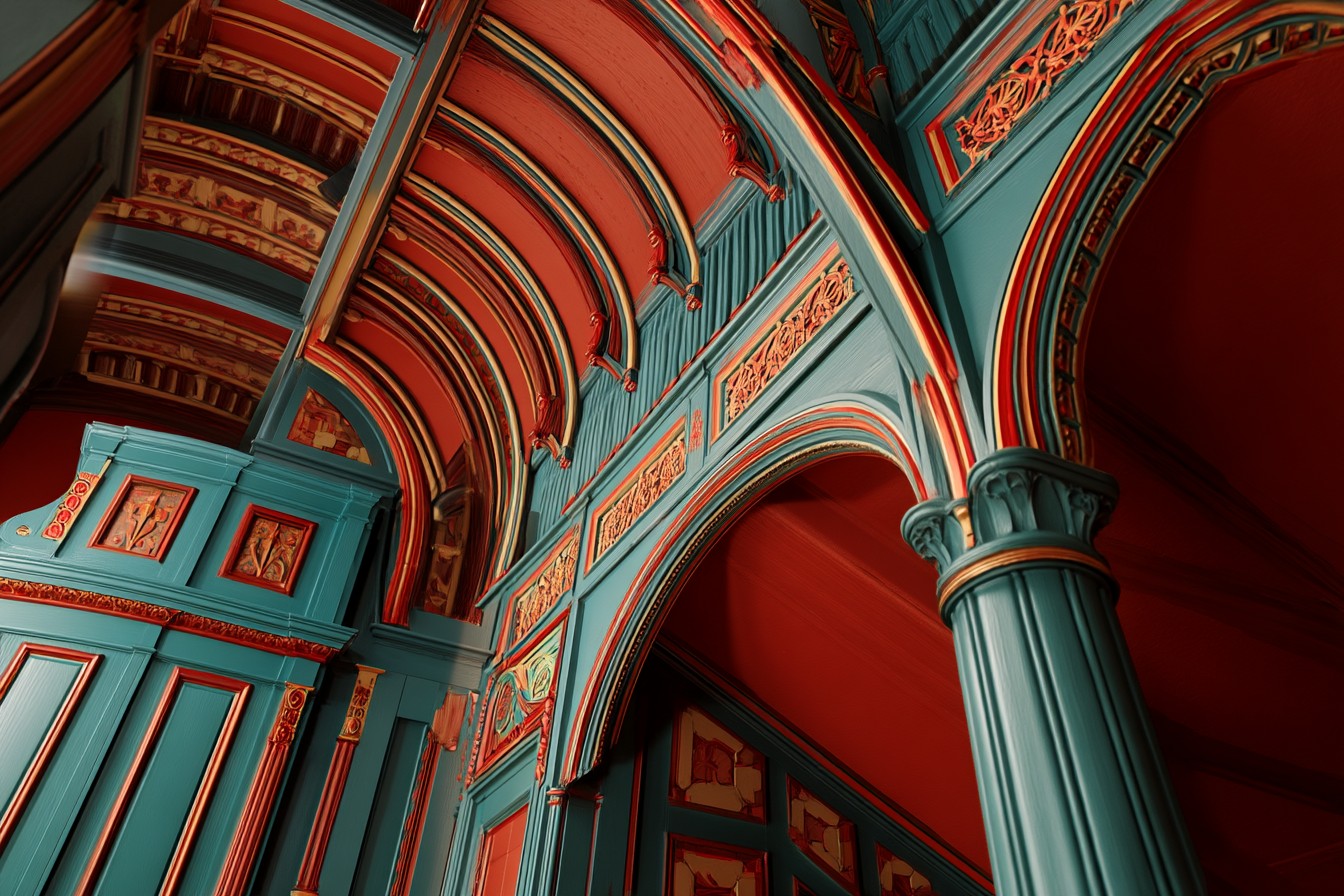
The practical implications of your choice deserve consideration too. Stripped and waxed wood requires different maintenance than painted surfaces. Natural wood needs regular feeding with appropriate products to prevent drying and cracking, while painted surfaces eventually require repainting as they wear or discolour. Both approaches have their ongoing commitments.
Light levels in your home might also influence your decision. Painted woodwork typically reflects more light than stripped wood, which can be beneficial in darker period properties with small windows and deep floor plans. Our Victorian terrace had typically narrow hallways that benefited significantly from painted woodwork, helping to brighten otherwise gloomy transitional spaces.
One approach I’ve found particularly successful is what I call “strategic stripping”—selectively revealing wood on signature elements while painting others. In several projects, we’ve stripped and refinished stair handrails and newel posts while painting the surrounding banisters and stringers. This highlights the tactile elements that hands actually touch while maintaining a cleaner overall aesthetic.
When in doubt about the appropriate treatment for your woodwork, research similar properties in your area, particularly those that have been sympathetically restored. Local architectural conservation officers can often provide guidance specific to your property type and period, especially if you’re in a conservation area or listed building.
There’s also wisdom in living with features for a while before making irreversible decisions. When we first moved into our Victorian house, I was convinced the bedroom doors needed stripping back to natural wood. After living with them painted for a year, I came to appreciate how they worked with the overall aesthetic of the rooms. Sometimes initial impulses are driven more by renovation enthusiasm than by what actually works best for the space.
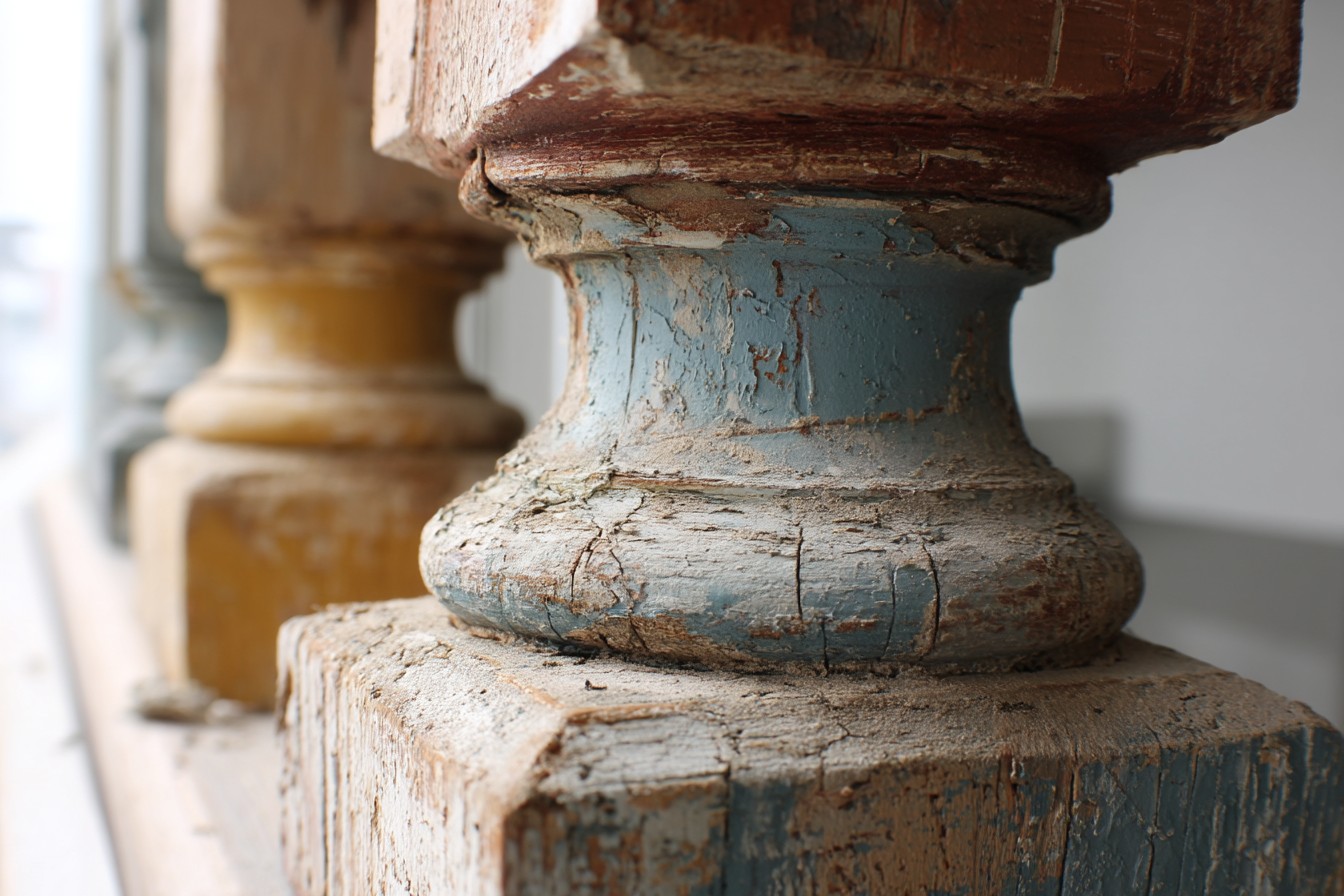
For those working with original features that have already been inappropriately treated, restoration specialists can sometimes perform near-miracles. I’ve seen Victorian panelled doors that appeared beyond salvation transformed through careful repair and appropriate finishing. Before consigning original features to the skip, it’s worth consulting experts who understand traditional joinery and finishing techniques.
The paint-or-strip debate often becomes unnecessarily polarised, with advocates on both sides presenting their preference as the only correct approach. The reality is that both treatments can be historically appropriate and aesthetically pleasing when done properly and with sensitivity to the property’s character. What matters most is that the decision is informed by understanding rather than simply following current trends.
During our Victorian renovation, I encountered a particularly strident online forum debate about whether stripping or painting was more “authentic” for period properties. The conversation had become quite heated, with participants virtually throwing historical paint charts and stripping products at each other. I couldn’t help but comment that the Victorians themselves had been pragmatic rather than dogmatic—they painted what made sense to paint and showcased the woods worth showcasing.
This balanced approach serves us well today. Rather than adhering to rigid rules about what must be stripped or must be painted, we can make thoughtful decisions based on historical context, wood quality, practical considerations, and—yes—our own aesthetic preferences. After all, we’re not creating museums but homes that work for contemporary living while respecting their architectural heritage.
My own approach has evolved since that first frustrating stripping experience with Dad. I’ve moved from the absolutist positions of youth (“strip everything” followed a few years later by “paint everything”) to a more nuanced understanding that each element deserves individual consideration. Some woods deserve to be showcased in their natural beauty, while others look and perform better with paint. Making the right choice means listening to the house and understanding both its history and its materials.
As my grandmother would say about houses telling you what they need—the same applies to their component parts. Original woodwork has survived decades or even centuries of changing tastes and treatments. Our job as current custodians isn’t to impose rigid rules but to make informed choices that balance historical appropriateness, practical durability, and aesthetic harmony—ensuring these features survive in good condition for generations to come. Whether painted or stripped, what matters most is that original woodwork is treated with the respect and care its age and craftsmanship deserve.